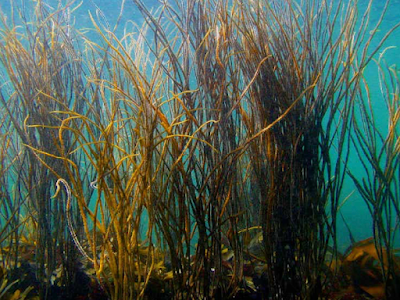Found on Brighton Beach: It lay on the pebbles as if dropped or blown ashore. The tide did not seem to have expelled it in a tangle of kelp; there was no fraying, no evidence of long immersion. Its weave was tight, its colours - burgundy, ochre, olive - arranged in intricate, purposeful shapes.
If you examined it closely, you might think of Kashan or Samarkand, the way the patterns interlocked like conversations in a crowded tea house. Yet the dyes were wrong for Persia, the silk too fine for Turkestan. I brought a friend of mine - a textile historian from the university - to examine it. She knelt on the pebbles, and did something unusual: she sniffed it. She said she had caught the faintest trace of myrrh and woodsmoke, and beneath that, the sharper scent of a salt that does not belong to any sea in Europe. She suspected the carpet had crossed more than geography - that it had come from a coast where the tides are measured in centuries.
By the third day, I noticed it was moving very slowly - not dragged or blown - a measured distance westward, towards the West Pier’s blackened skeleton, aligning itself, pattern-wise, with the central ruin. I continued to observe, day by day. No one touched it. No gull tugged at its fringe. Yet, I was sure, the carpet was creeping, pebble by pebble, as if drawn to the pier’s iron bones.
I say no one touched it, but I was not a lone observer, A wizened old soul, clearly more at home on the pebbles than at home, had begun to use the textile as a kind of marker for taking photographs. Several times a day he would approach the textile very gingerly, never stepping on it, but aligning his tripod according to its position - seemingly to photograph across the sea to the horizon.
One evening, it was dusk, I asked him what he was seeing, what he was photographing. He showed me on the camera’s display: faint, translucent outlines above the waterline, shapes like hulls or wings. The textile, he claimed, was a magic carpet, a base from which the invisible could be photographed - vessels, for example, from elsewhere.
‘What do you mean, ‘elsewhere’, I asked a little too sharply. His only reply was to look westward into the sky, where Venus was shining in brightness.
I returned at dawn the next day, and at dusk, and then again the day after, but the old soul was gone, and the weaving too. I stood for a while each time, scanning the sea and sky. Once, I fancied I saw the faintest glimmers just above the horizon - a shimmer too steady for cloud, too high for a sail - but I’m sure that was my imagination.
Perhaps, I thought, the carpet’s origin lay not in any country but in the seam between countries, woven from places that exist only in the moments they are crossed. Its destination was always the next seam, wherever that might appear. And its purpose on Brighton Beach had simply been to open, for a brief span, a doorway into the atmosphere - one the old man had managed to capture with his camera.
For those few days, Brighton Beach and its piers had been a port again, as in days of old - not for excursion steamers or motor launches, but for travellers charting the elsewhere.















.jpeg)




















